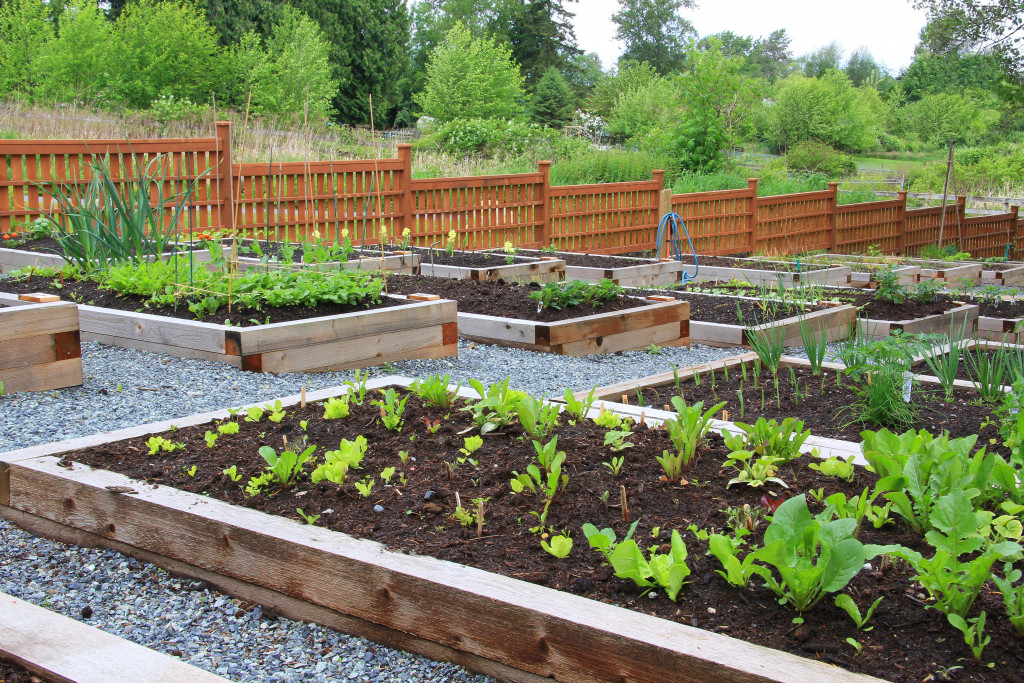Gardening has become a fairly common hobby in the United States. It’s estimated that about 31 million households have started gardening in 2019. That number is expected to have grown as most Americans have started to the garden during the pandemic.
However, gardening can be challenging if you don’t know what you’re doing. Many experts suggest starting container gardening if you’re an amateur.
What is Container Gardening?
Container gardening is a type of gardening where plants are grown in containers instead of planted in the ground. The method is perfect for those who don’t have a lot of space, live in an apartment or have poor soil quality.
Why is Container Gardening Good for Beginners?
Container gardening is suitable for beginners because it’s easy to control the environment your plants are growing. For example, you can control the amount of water and sunlight that your plants get, which is vital for keeping them healthy. Plus, if you’re using a potting mix, you don’t have to worry about adding nutrients to the soil.
Additionally, you won’t end up having a mess if you accidentally over-water your plants since the excess water will drain out of the container. It’s an excellent start for anyone who wants to do gardening but is scared of the clean-up that happens afterward.

What You’ll Need to Start
Container gardening isn’t demanding once you get started. So make sure you get the essentials beforehand. Of course, the very first thing you’ll need is containers.
Containers
Containers come in many forms, from plastic pots to terra-cotta planters. They can be found at your local gardening store or big-box retailer. If you want to get creative, you can use recycled materials like old tires or buckets.
You can also choose to design and make your containers. If you have a 3d printer, you can build your containers from scratch. However, you can always let a professional do this for you. Many plastics molding businesses are willing to make your design into reality. They can also add many other essential features for you.
Make sure that whatever container you choose has drainage holes at the bottom. This is crucial because it allows excess water to escape, preventing your plants from sitting in water and getting root rot.
Potting Mix
The second thing you’ll need is a potting mix. It’s a soilless mixture that’s used to fill containers. It’s made of materials like bark, peat moss, and perlite. Potting mix is ideal because it’s lightweight and drains well. Plus, it doesn’t compact over time, which can happen with regular dirt.
You can find the potting mix at your local gardening store or online. Once you have your potting mix, you’re ready to start planting!
Fertilizer
After you’ve chosen your containers and potting mix, it’s time to add fertilizer. It provides nutrients that are essential for plant growth. Fertilizers can be organic or synthetic. Organic fertilizers include things like manure and compost. Synthetic fertilizers are made of chemicals and are often sold in powder or liquid form.
If you’re using organic fertilizer, ensure it’s well-rotted before adding it to your container garden. Otherwise, it could damage your plants. And if you’re using synthetic fertilizer, follow the directions on the package.
You can find fertilizer at your local gardening store or online. If you want to make your compost, you can start by adding fruit and vegetable scraps, eggshells, and coffee grounds to a bin.
Plants
Now it’s time to choose plants for your garden! There are many factors to consider when choosing plants, including the amount of sunlight and water they need. Make sure to research the plants you’re interested in before adding them to your garden.
Some beginner-friendly plants include:
- impatiens
- petunias
- marigolds
- zinnias
- cosmos
These flowers are easy to care for and don’t require a lot of attention. Plus, they’ll add color and life to your container garden. Additionally, they can be great gifts for birthdays, so make sure to have some of them in your garden.
Water
Last but not least, you’ll need water for your container garden. Water is essential for plant growth, so ensure you’re using clean water. You can use tap water, but it’s best to let it sit for a day or two before using it on your plants. It allows the chlorine to evaporate.
You can also collect rainwater in a barrel to use on your plants. Make sure the barrel has a lid to keep debris and bugs out.
A container garden is a great way to get started with gardening. They’re easy to care for and don’t require a lot of sunlight or water. Plus, they add color and life to any space. If you’re looking for some beginner-friendly plants, check out the flowers we’ve listed below. And make sure to keep your container garden well-watered!